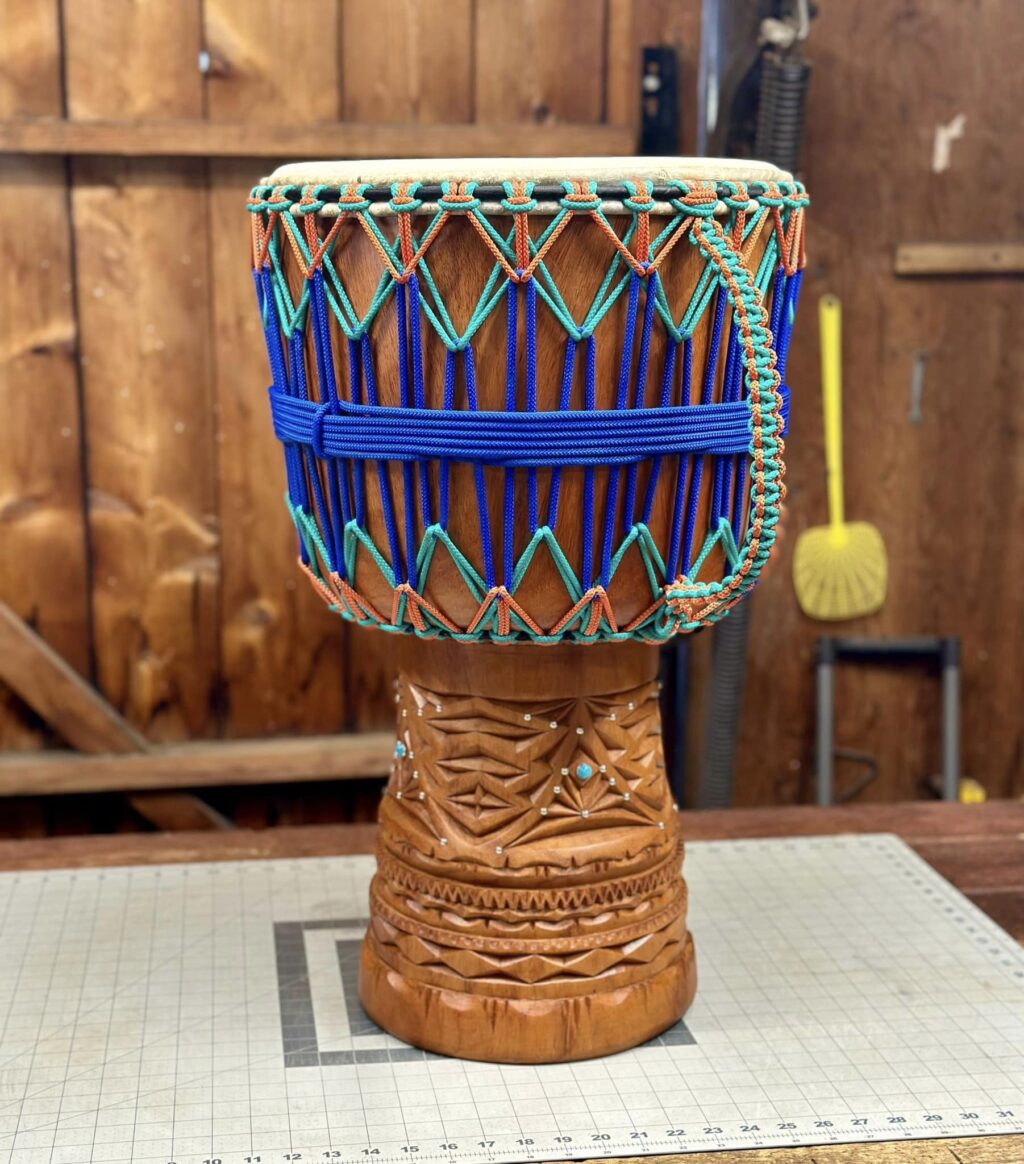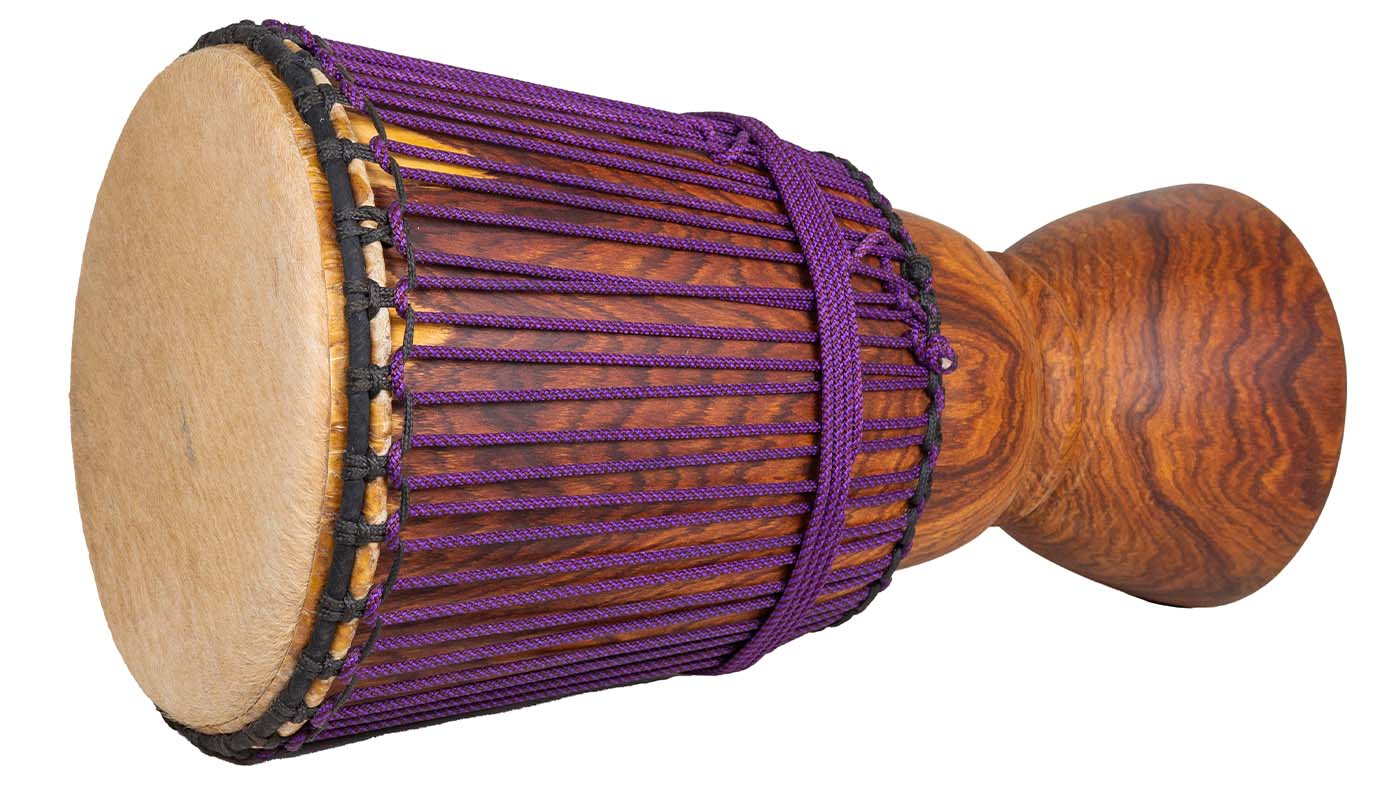“The Spell of Rhythm”: Understanding the Phonetic Nature of West African Rhythms
The world of drumming, particularly when it comes to West African rhythms, opens up a fascinating discourse on the spelling and transcribing of these vibrant sounds. For many, the written word serves as the foundation of learning and understanding music. However, in the case of West African rhythms, one must recognize that there is no definitive correct or incorrect spelling. Instead, these rhythms are written phonetically—reflecting how they sound—rather than adhering to a standardized notation system.
A Reflection of Culture and Language
The spelling often mirrors the language and cultural nuances of the person transcribing the rhythm. For instance, the djembe—a beloved West African drum—can also be spelled as “jenbe,” and more variations exist depending on regional dialects and personal interpretations. Such differences can provoke spirited discussions, even arguments, among musicians and scholars alike. Yet, isn’t that a bit silly? Ultimately, the essence lies in the sound and feel of the rhythm rather than how one chooses to spell it.
Historically, these rhythms have been passed down orally through generations. This oral tradition is rich and dynamic, allowing each drummer and teacher to impart their unique interpretations. In this light, the practice of transcribing rhythmic patterns onto paper is primarily a Western concept. It emerged from a desire to capture and preserve music that was, until then, lived experience rather than structured notation.
The Impact of Written Music
Many of my teachers were not literate in the conventional sense, and they transmitted knowledge through demonstration and guidance rather than written notation. This underscores a powerful point: the learning of rhythms is as much about the experience and connection with the teacher as it is about any formalized notation. When studying in places like Guinea, Mali, Brazil, or Cuba, I witnessed a profound reality. No one passed out sheets of paper laden with names and notations; instead, learning occurred through immersion, participation, and deep listening.

Emphasizing Experience Over Notation
This brings us to a critical understanding: while studying the art of drumming certainly requires dedication and methodology, it is equally an expression of art. The process should stimulate one’s creativity and intuition rather than drown it in a sea of notation and rules. The rigid structures that often dominate Western musical education can impose limitations on an individual’s ability to connect with the music emotionally and spiritually.
Thus, it becomes vital to use any tool at your disposal to learn—whether that’s transcriptions, recordings, or simply your ears and heart. As drummers, our ultimate goal is not just to replicate rhythms accurately but to feel them and make them our own. This often means stepping outside the mental confines of technique and order and embracing the fluidity and spontaneity that rhythm embodies.
The Transformative Power of Rhythm
Learning rhythms through oral tradition allows us to engage fully in the moment, promoting a style of drumming that is lively and expressive. It invites us to get out of our heads—out of the clutches of a need for control—and immerse ourselves in the dance of sound and silence. The acknowledgment that rhythms can be spelled multiple ways highlights the beauty and diversity of musical expression. It emphasizes that what truly matters is the experience of the sound, the community it creates, and the joy it brings.
So, while spelling may serve as a useful shorthand or reference, it should never overshadow the main goal: to connect deeply with the rhythms, celebrate their history, and enjoy the process of discovery. Remember that drumming is not merely a technical pursuit; it is a journey of the heart, mind, and spirit. Embrace the art, acknowledge the beauty of its nuances, and allow yourself the freedom to play, learn, and grow—phonetically or otherwise!

